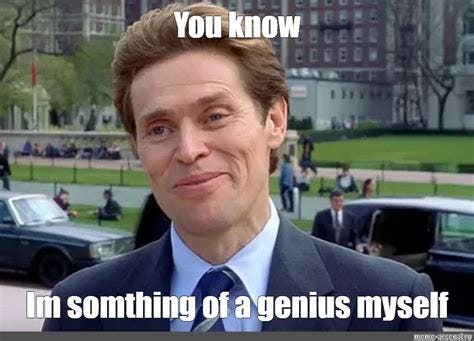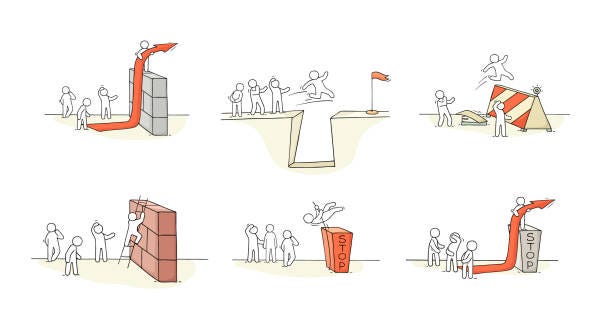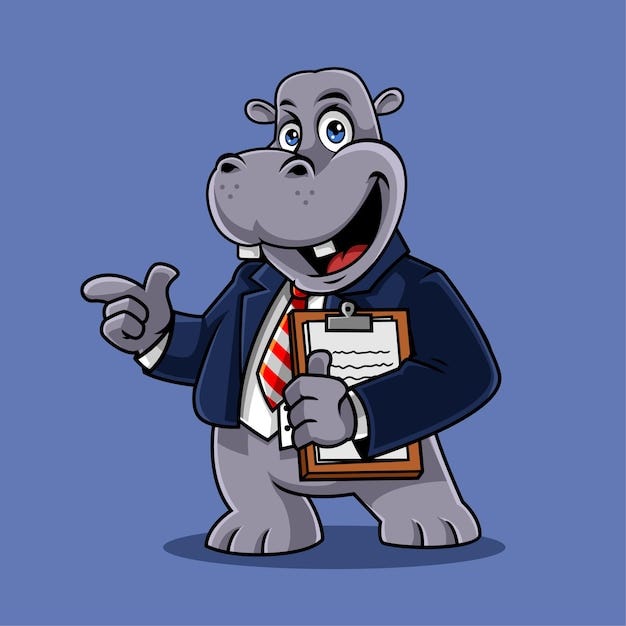For consultants, biases can seem like a double-edged sword
A bias is a cognitive shortcut to taking a decision or action.
Consultants are often hired for the experience they bring in helping a company define a problem and determine how to change.
As quickly and effectively as possible.
In that sense, your cognitive shortcuts feel immensely valuable. ‘Fast & Frugal heuristics’ in the words of Gerd Gigerenzer.
And let’s face it, a lot of us also want to display our knowledge and expertise.
But this can also be limiting.
Even if we knew all the biases (Tversky and Kahneman’s work inspired a crazily long list), it is hard for us to detect and correct in real time.
The consequences?
Skewed data gathering, misinterpretation, flawed recommendations, and resistance to alternative viewpoints. Potentially undermining the value that consultants bring to their clients.
Imagine you are interviewing your last client’s Head of Customer Service
You have been engaged to help them improve the way they interact with and support their partners and customers when they have queries or concerns.
Your interview…
Your conclusion…
Alternatively…
We aim for the latter, but can you honestly say you haven’t fallen into the first?
Maybe not right away, but possibly after 3-4 interviews when your pattern matching is fully active and everything seems to sound the same.
How often do you find your questions look less like what was initially crafted, and more about confirming your assumption?
It is all a little grey
Biases are cognitive shortcuts (heuristics).
They aren’t all bad.
Roger Martin posits seeing them as helpful prompts towards the right answer.
”…a temporal stage we go through (sometimes for a long time) to think productively about a mystery… To focus more intensively… to get closer to the answer. They don’t consistently produce the desired answer. (But)… guidance from a heuristic is more favorable than operating in a mystery…”
At the same time, there is the risk (reality?) that in the throes of a time-pressured project; confirmation bias, anchoring bias (e.g., HiPPO effect), clustering illusion bias and fundamental attribution bias can all conspire to form an obstacle course between you and the best, right answer.
A way forward?
One of the most amazing (and creative) consultants I worked with (let’s call her M) once said to me that consultants are so primed to seek patterns and converge towards answers… they move too soon and miss a glut of golden nuggets.
Another fantastic former colleague (let’s call her S) said “A good consultant needs to preserve a child-like mindset to discovery. Focus on great questions and let answers emerge.”
Over in Discy HQ, we’ve been wracking our brains on how we help consultants better manage heuristics in the course of their work.
How do we give you more time to do what consultants do best; Look important in client meetings and draw insightful diagrams on whiteboards. Drawing on robust analysis rather than what we overheard in the lift.
Below are a few ways we do so today. In a future newsletter, I’ll expand on these and our ideas for the future.
Confirmation Bias: Discy can be used to check what might disprove your hypotheses. For example, in a culture change assessment involving 150+ people. Data from interviews, survey data, and past reports is tagged objectively via AI. The consultants can then see how many stakeholders confirm or contradict their thoughts. And explore other possible themes.
Anchoring Bias: Consultants can trace where a theme arose, and compare what the highest-paid person (HiPPO) says with other stakeholders' views. This makes it easier to identify alignment and variance. Helpful when tailoring your insight/ message back to that HiPPO.
Clustering Illusion Bias: Discy provides a quick snapshot of how often a tag has been mentioned, by whom, and in response to how many questions. This visual helps consultants avoid seeing patterns where none exist.
What’s next?
This is a big topic.
We’d love your thoughts and input on how we’re approaching it, what we’ve built, and what we’re designing. Within the context of not over-automating the solution.
Humans are beautifully messy, and Discy is about enhancing that creative genius.
P.s. A few relevant posts on Client interviews, Interview questions and Finding space.







I really like this approach Joel. Daniel Kahneman actually believed AI would outperform humans for precisely this reason: "In particular, it will make better choices for the individual by--because it will be noise free."
https://aletteraday.substack.com/p/letters-168169-daniel-kahneman-20172015